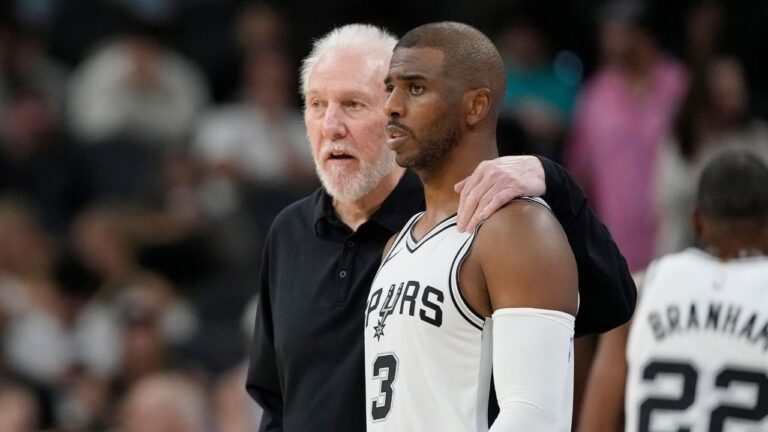When it comes to betting on NFL games, red zone efficiency is one of the most overlooked yet impactful metrics for understanding how likely a team is to score. The red zone—defined as the area within 20 yards of the opponent’s end zone—is where scoring chances turn into points, and efficiency here can make or break a team’s success. For bettors looking to gain an edge on touchdown props and other scoring-based wagers, understanding red zone efficiency can provide key insights.
Here’s a breakdown of what red zone efficiency means, how it affects scoring, and how you can use it to inform your betting strategy.
1. What Is Red Zone Efficiency?
Red zone efficiency measures how effectively a team converts red zone visits into touchdowns or field goals. This stat reflects a team’s ability to perform under high pressure in close quarters, with only a few yards to gain. High red zone efficiency means that a team scores often once they reach the opponent’s 20-yard line, while low red zone efficiency means that scoring opportunities frequently slip away.
For example:
- Touchdown Red Zone Efficiency: The percentage of times a team scores a touchdown when entering the red zone.
- Overall Red Zone Efficiency: The percentage of times a team scores any points (field goal or touchdown) after reaching the red zone.
Touchdown red zone efficiency is particularly relevant for touchdown props, as it indicates a team’s ability to complete drives with seven points instead of settling for three.
2. Why Red Zone Efficiency Matters for Betting
In the NFL, most scoring opportunities happen in the red zone, where defensive pressure is high and space is limited. A team’s ability to score here is indicative of their offensive capabilities and influences the likelihood of touchdowns.
- Predicting Touchdowns Over Field Goals: Teams with high red zone touchdown efficiency are better at converting opportunities into six points. For bettors, this means that teams with high red zone touchdown percentages are more likely to cover touchdown prop bets.
- Player-Specific Props: Certain players, like elite wide receivers or tight ends, tend to be targeted in the red zone. Knowing that a team’s quarterback favors specific players in red zone situations can increase the likelihood of betting successfully on those players’ touchdown props.
- Team Trends in the Red Zone: Some teams consistently perform well in the red zone due to effective play-calling or top-tier red zone players, like powerful running backs. Bettors can analyze these team trends to better anticipate scoring patterns.
3. Red Zone Efficiency vs. Field Position
Red zone efficiency doesn’t just measure raw scoring ability—it also reveals how well a team adapts to limited space. Teams with a strong offensive line, disciplined penalties, and good play design are better positioned to score here.
- Offensive Line Impact: Teams with powerful offensive lines can create more space in tight red zone situations, which aids both the passing and rushing game.
- Turnovers and Penalties: Mistakes in the red zone—like penalties or turnovers—lead to lost scoring opportunities. Teams with high red zone discipline and few mistakes are more reliable for touchdown bets.
For bettors, this means checking a team’s red zone efficiency in both home and away games, as well as in different conditions. Knowing a team’s ability to manage field position in the red zone can directly influence the expected scoring potential.
4. How to Use Red Zone Efficiency for Touchdown Props
Red zone efficiency stats offer valuable insight into a team’s scoring potential, making them particularly useful for touchdown prop bets. Here’s how to put this data into practice:
- Look for High Red Zone Touchdown Percentages: Teams with high red zone touchdown percentages are more likely to score six points than three when in the red zone, making them a better target for betting on touchdown props.
- Match Up Offensive vs. Defensive Red Zone Efficiency: Some teams may excel in red zone efficiency but face a defense that is particularly strong in red zone stops. Bettors should compare both offensive and defensive red zone metrics to assess if a team is likely to face a scoring barrier.
- Identify Player Roles in the Red Zone: Teams often rely on specific players in the red zone. Running backs known for goal-line carries or wide receivers targeted frequently in tight spaces make ideal picks for player touchdown props.
For instance, if you know that a team like the Kansas City Chiefs has high red zone efficiency and often targets Travis Kelce in the red zone, betting on Kelce’s touchdown props becomes more appealing.
5. Using Advanced Metrics for Deeper Insights
There are a few other advanced metrics beyond red zone efficiency that can offer valuable insights:
- Red Zone Conversion Rate: This statistic measures how many first downs or touchdowns a team earns on each red zone play, providing a snapshot of red zone momentum.
- Expected Points Added (EPA) in the Red Zone: EPA quantifies the value a team’s plays bring in the red zone. Teams with high EPA in red zone situations are usually efficient scorers, while those with negative EPA may struggle to convert opportunities.
- Red Zone Scoring Frequency by Quarter: Some teams perform better in the red zone as games progress. Knowing if a team starts slow or closes strong in the red zone can help bettors time touchdown prop bets based on expected game flow.
Bettors can use these advanced stats in combination with basic red zone efficiency to get a well-rounded view of scoring potential.
Conclusion
Red zone efficiency is a powerful predictor for touchdown scoring, making it a crucial metric for bettors focusing on touchdown props. Understanding how teams and players perform in the red zone allows bettors to gain an edge by identifying teams that are likely to convert scoring opportunities, as well as those that may falter under pressure.
By analyzing factors like offensive line strength, player targeting, and red zone discipline, bettors can make more informed bets on team and player scoring outcomes. Ultimately, the red zone is where games are won and lost, and for savvy bettors, it’s also where value lies in betting on touchdowns.




